We all have our own favourite products and brands. Tea, jam, coffee and especially biscuits.
Shortbread? Or digestive? Or something totally different? I have to confess, I’ve become far too partial recently to a chocolate Hobnob or three. Maybe I’ll give them up for lent.
I guess we never give our day-to-day products a second thought. After all, they are always there, like an old friend sitting on the shelf in the supermarket just waiting for us.
That’s all very well if we live in the same place all the time, but up until recently, I’ve spent the most part of each year outside the country with work.
When heading off to far-flung places, as well as intense planning on the political situation of where I’m headed, I always stocked up on certain things.
If travelling to certain tea-drinking countries where I know the chance of a decent cup of coffee is out of the question, I’d take my own. Coffee bags, the best invention ever. Fresh coffee in a bag, you make it like tea. No cafetiere or fancy gadgets needed, just a kettle.
Actually, not even a kettle, for in some hotels, they have drinking water dispensers in the corridors, I’m sure you’ve seen them. You put a wee plastic cup under and press the blue nozzle and out comes ice cold water.
But have you ever noticed there is often a red nozzle? Ever wondered what that was for? I didn’t for years, until I pressed it once in a hotel in eastern Ukraine, and out came hot water. Brilliant.
Coffee bag and mug was then all I needed, no trip outside in the early morning dark to find a brew.
I vape, so I always take enough supplies with me, as you can’t buy vape products in many places. Good-quality dark chocolate is another must, as are sugar-free sweets. My favourite is a Spanish brand, and every time I’m there I buy a few bags and bung them in my case. It’s a joy to find them some months later when stuck on a night train in, say, Romania.
Wouldn’t it be nice, be perfect, if I/we could all buy all our own favourite products in every country?
To be honest, as convenient as it would undoubtedly be, I don’t want to be able to buy all the things I love, in every country. For then there would be nothing to look forward to.
Yes, it is good and sometimes exciting to see a pack of Scottish shortbread in a shop in Canada, but I do I have mixed feelings about being able to buy my favourite goods when abroad. I prefer to wait until arriving back home. I look forward to it, I enjoy it more, I swear it even tastes better at home.
I actually enjoying missing products. After months in certain parts of the world, due to bans on such things as pork and alcohol, I crave thick slices of black pudding and a bottle of good red. And when I get it, it’s so worth waiting for.
I have, though, spotted numerous British or Scottish brands, sometimes in the weirdest places. And that got me thinking to write this column. We really do have some classic iconic brands.
This is not a definitive list, but here’s some of our top Scottish brands. Mackie’s, Malcolm Allan, Hall’s, Highland Spring, Scottish Blend, Simon Howie, Nairn’s, Dean’s, Lees, McIntosh, JG Ross, Rowan Glen, Scott’s Porridge Oats – the list goes on and on. Rather impressive for a wee country.
And many of these companies sell their products not just in Scotland, and all over the UK, but some even have a global reach. And in our modern world where huge multinational corporations have bought up many individual brands, it’s good to know that some have held out and refused to sell to the big boys.
Again, this is not a definitive list, for I only have so much column space, so I’ll focus on these three giants. First up…
Baxters
In Scotland, and maybe even further afield, when you say Baxters, the first word that comes to mind is soup. And boy do they make good soup.
It all began in 1868 with George Baxter in Fochabers when he opened his own shop. But it didn’t start with soup – his wife Margaret began making jams and jellies.
Later, a factory was built, and it began canning in 1923, eventually making its first soup in 1929. And when the orders for their Royal Game soup came flooding in from the likes of Harrods and Fortnum and Mason, it was on the map.
Baxters went from strength to strength. In the 1950s it gained its prestigious Royal Warrant, and by the 60s was supplying its quality goods to Europe, America, South Africa, Japan and Australia.
Today, Baxters has manufacturing operations in America, Poland and Australia. A far cry from a wee shop in Fochabers. Yet Baxters remains based in Fochabers and is still, to this day, family owned.
Tunnock’s
In 1890, Thomas Tunnock opened his first bakery in Uddingston and the rest is history as they say. Caramel wafers, teacakes, caramel logs and of course a childhood favourite of mine – snowballs.
Now world famous and enjoyed in many countries, Tunnock’s proudly remains a family-owned business.
My grannie Taylor always had Tunnock’s Teacakes on the table. Served up after supper with a cup of tea of course. It was bliss.
Irn-Bru
Owned and sold by the Barr family since 1901, this carbonated orangey soft drink is often described as Scotland’s other national drink.
I think it’s a Marmite product, as in you either love it or hate it. But countless millions do love it, and its massive success is no doubt a thorn in the side of mega giant Coca Cola.
I remember being surprised at seeing Irn-Bru in Moscow in the late 90s. My Russian friends loved it, and used it as a hangover cure.
Apparently by 2002, Irn Bru became the third-biggest-selling soft drink in Russia. Now that is impressive. It can also be bought all over Europe, and as far afield as America, the Middle East, Hong Kong and Australia.
Irn-Bru pulled out of Russia in 2022, due to sanctions and the war in Ukraine.
Haggis, of course, is another iconic Scottish product, maybe the most iconic. I love it, as do numerous non-Scottish friends abroad.
Often rather sceptical at first, I have yet to meet anyone I have cooked haggis for that didn’t like it. My Russian friends love it.
Macsween haggis, for example, can be bought in Europe, Singapore and Canada.
All this talk of food has got me craving a treat. You know, I’ve just realised that I haven’t eaten a Tunnock’s Teacake or caramel wafer or snowball for decades.
I think I may well just go and buy one today…
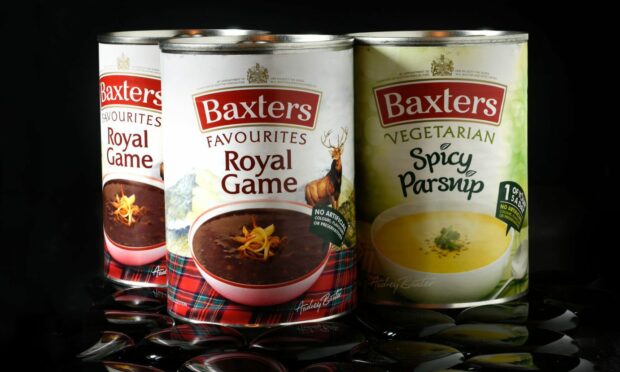
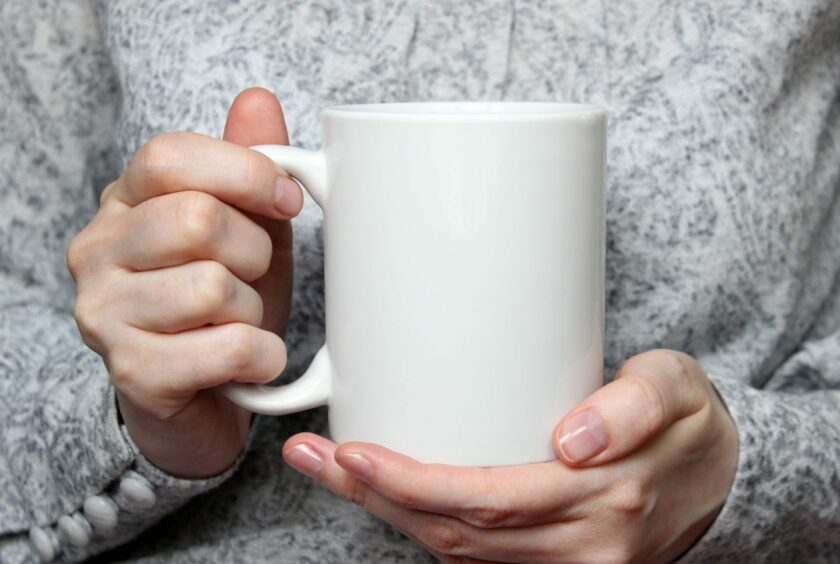
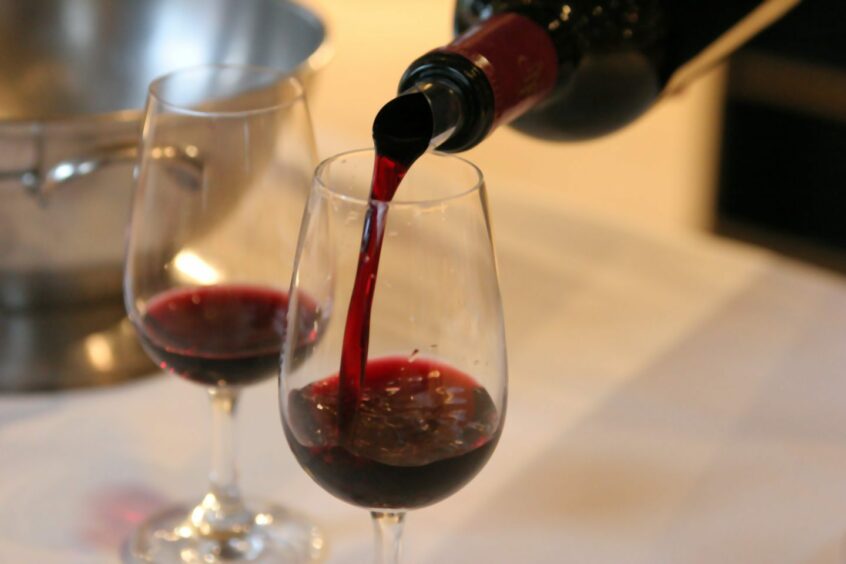
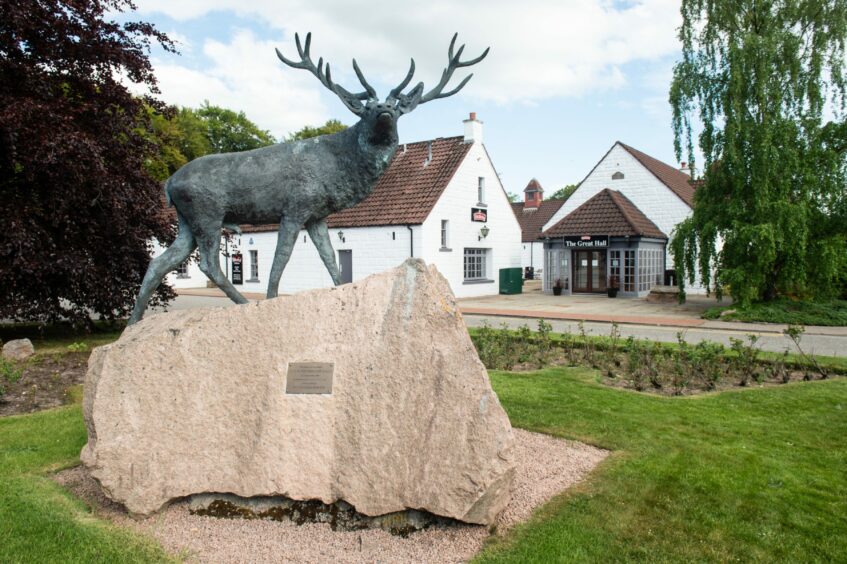
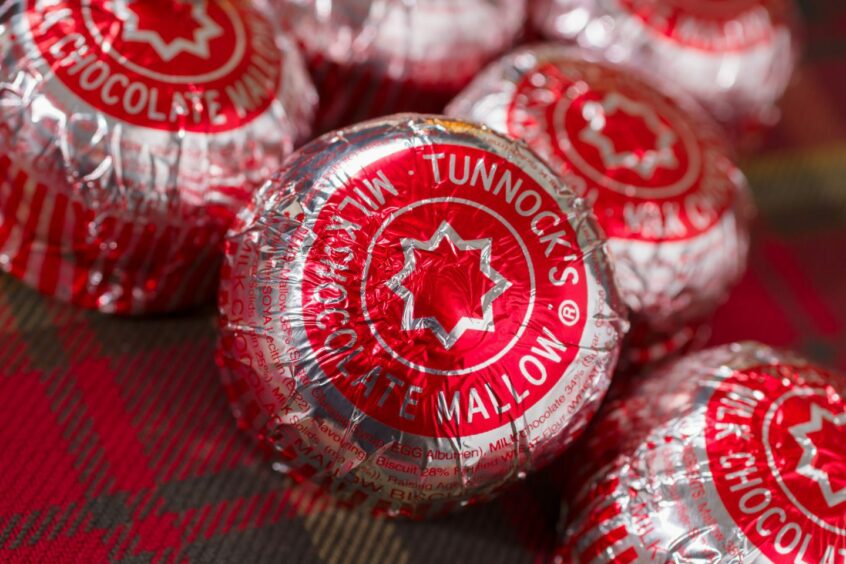
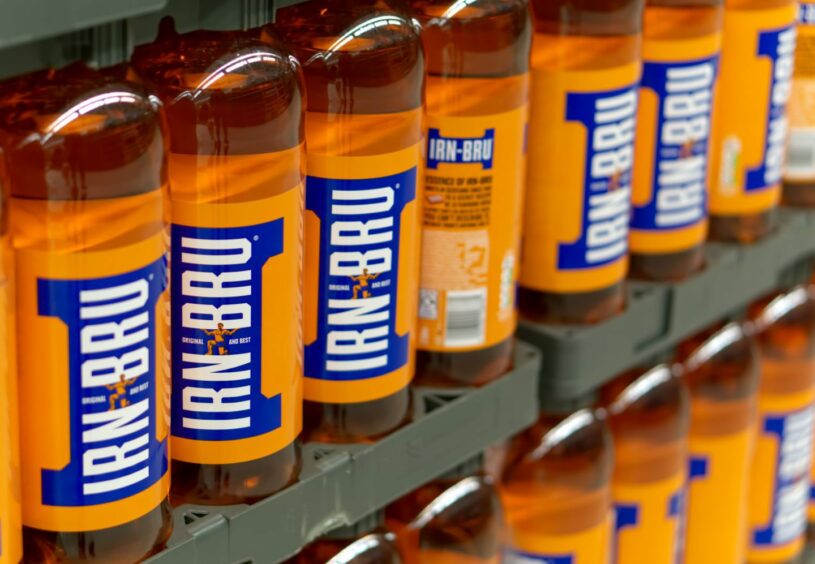
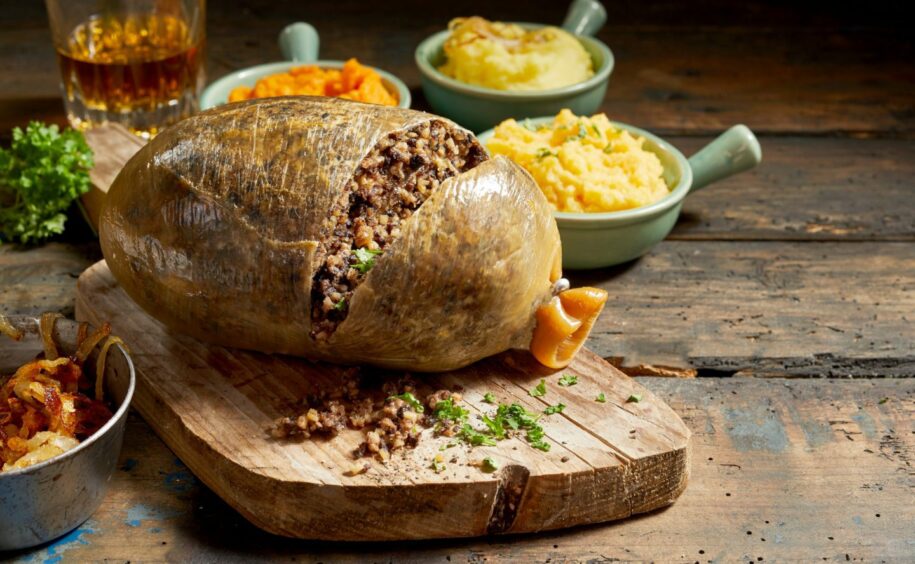
Conversation